Excluding children from social construction and disregarding their opinion is a form of oppression that as a society we do not speak about enough.
Although in general we understand that minors are citizens with rights, in practice, we do not include them in decision-making. We typically believe that children are not prepared to discuss the complex social issues that afflict us, as they are humans “in development.” There is also a kind of widespread fear of negative emotions in children: they should always be happy, they should quickly get up when they fall because “nothing happened,” and we should avoid any situation that connects them with uncomfortable emotions such as sadness and anger.
Although theatre for children has evolved a lot in recent decades, presenting greater variety and complexity in the themes it addresses, a didactic approach still predominates: the child needs to be told how to interpret the content and what lessons they should learn. Often, simplistic language is used, with a predominantly cheerful and uplifting tone, resulting in work that lacks emotional depth, aesthetic richness, and sociopolitical value.
Facilitating a space for reflection and creativity around the experiences of children from vulnerable sectors in Chile was one of the missions of the Fundación Quien Cuenta Eres Tú (QCET), created in 2015. Its director (and my dear friend) Rosanna Nitsche is a psychologist specialized in group processes, who by then already had over twelve years of experience working with communities through Playback Theatre with El Colectivo, a company based in Santiago, Chile. Playback is a form of applied theatre that highlights the importance of individual and collective memory by fostering a dialogue space where the audience collectively shares emotions and stories from real life and then sees them represented by a theatre team trained in this specific improvisation technique. The ritual of narrating our stories, respectful listening, seeing ourselves reflected in other people's stories, and the new meanings that theatrical language can unveil make Playback Theatre a powerful tool for community development.

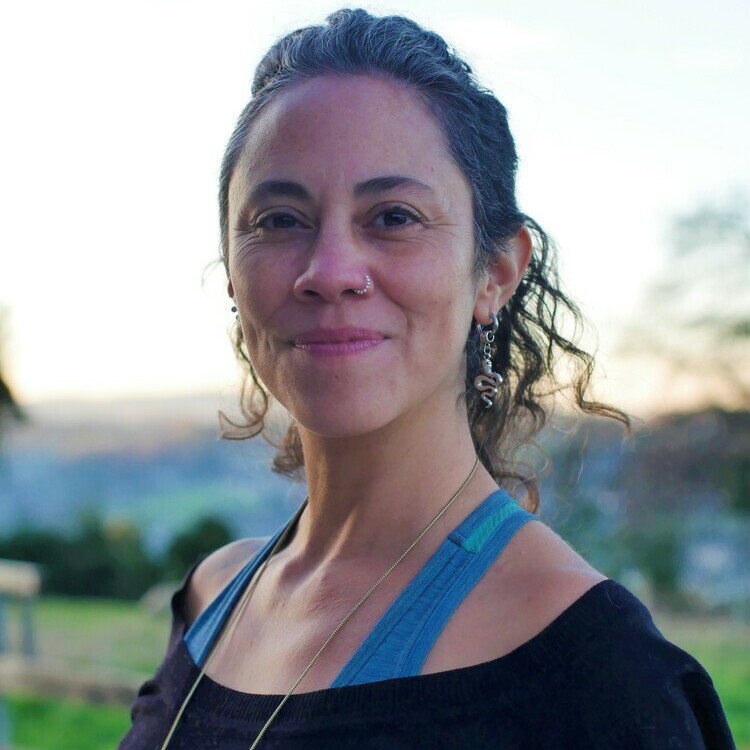
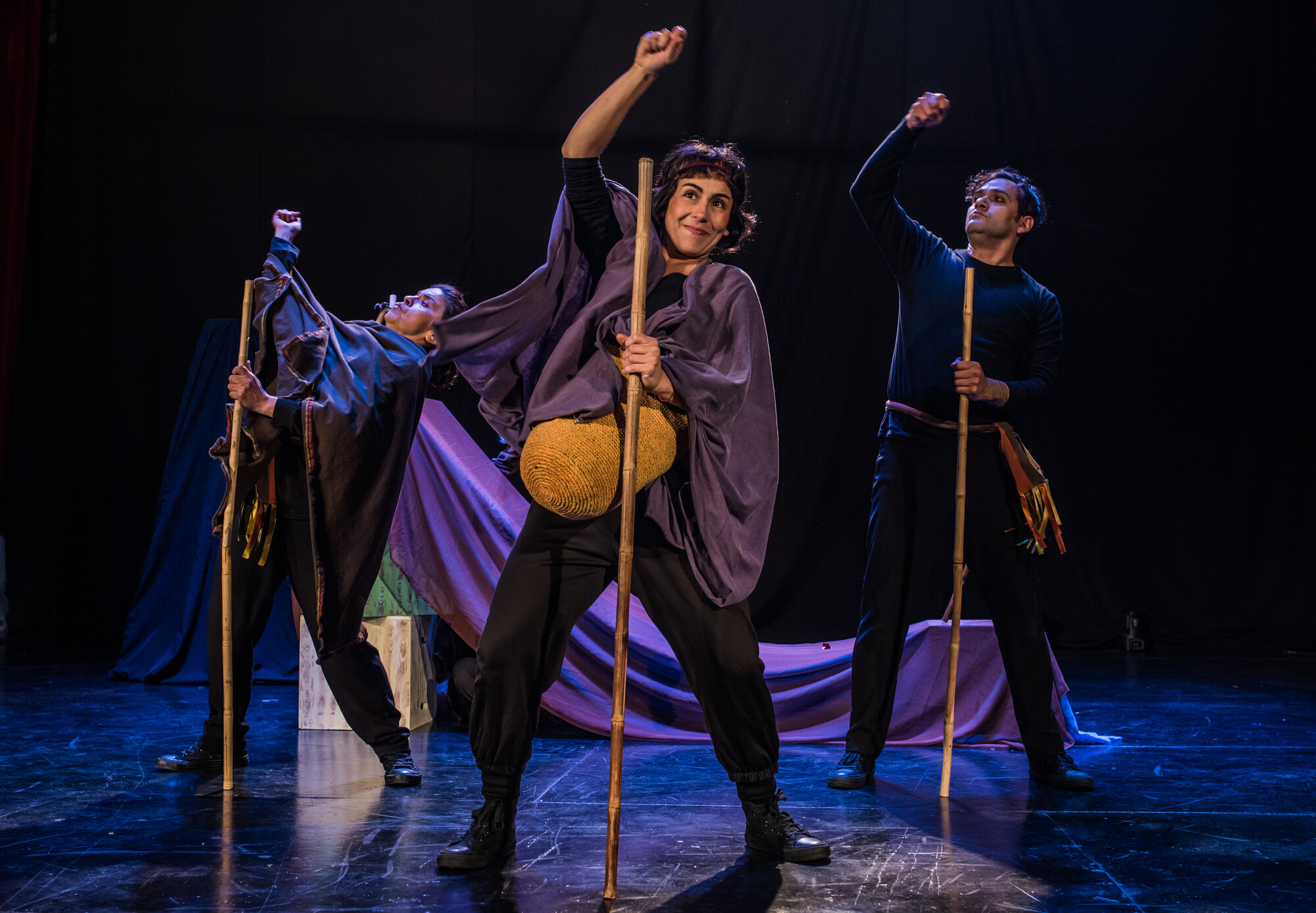
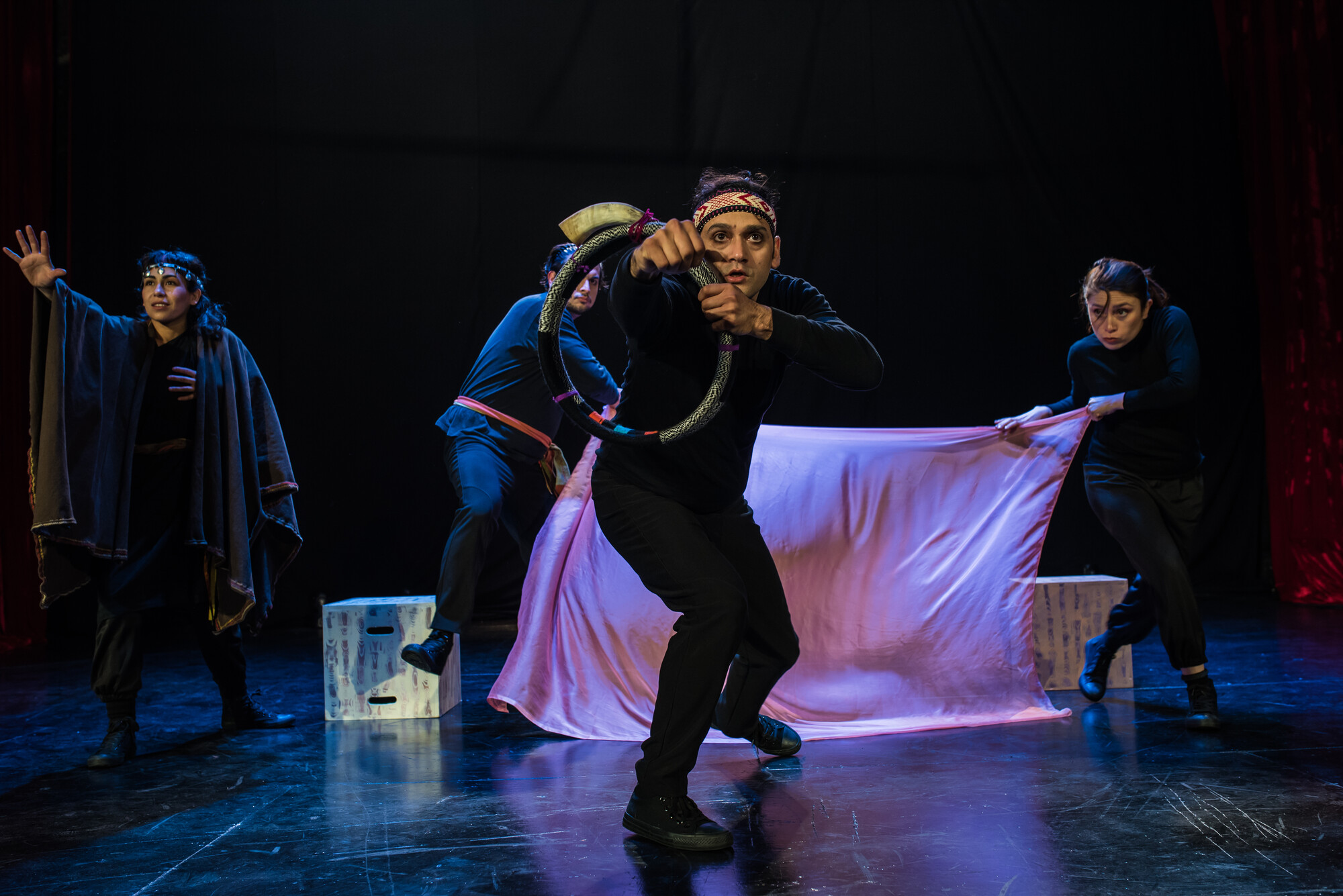
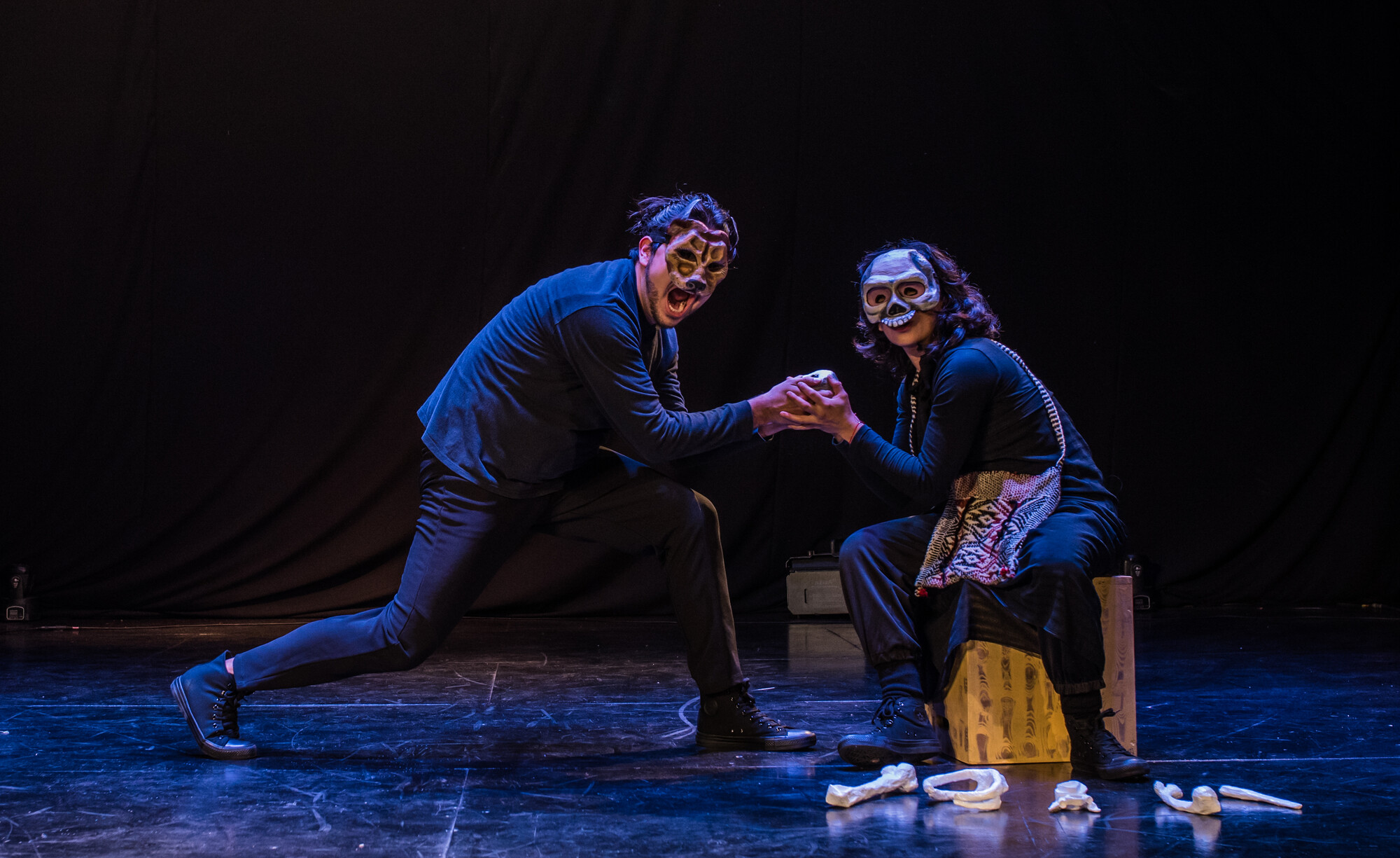
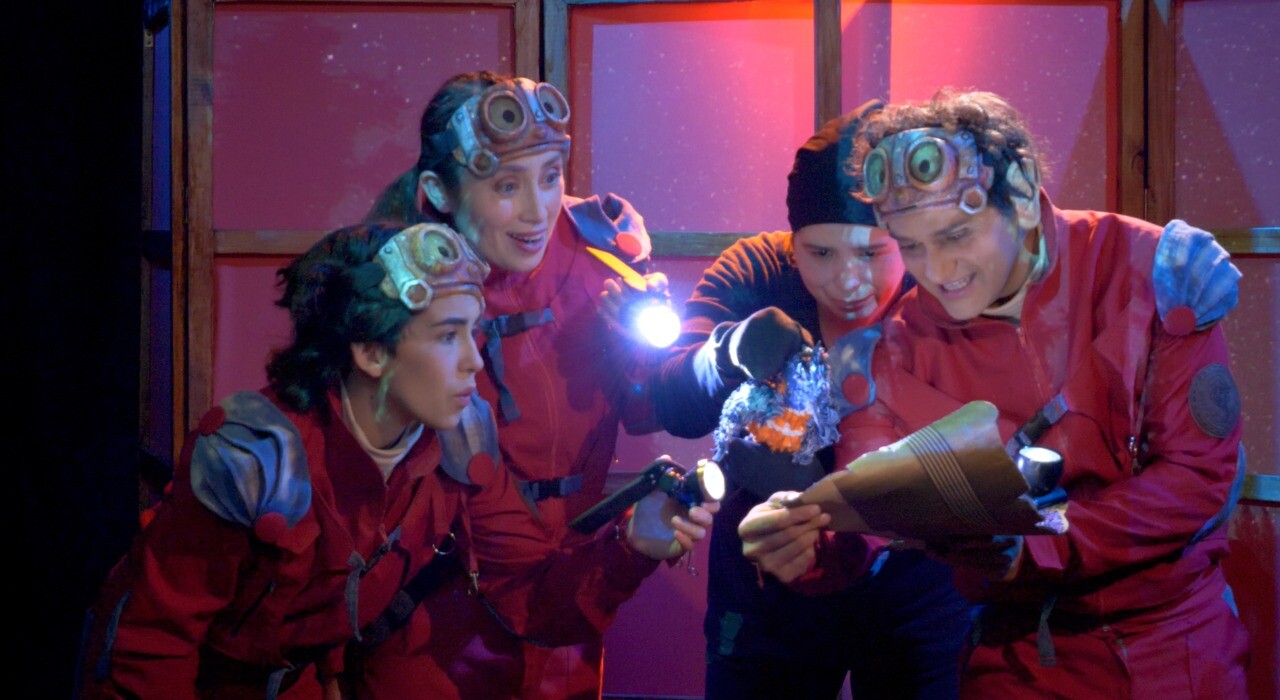
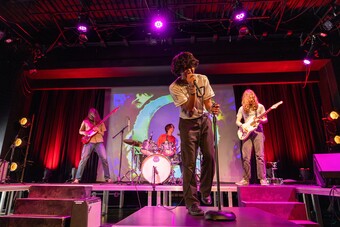



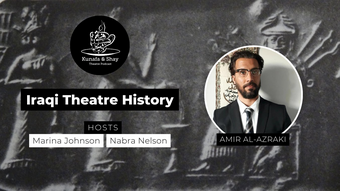



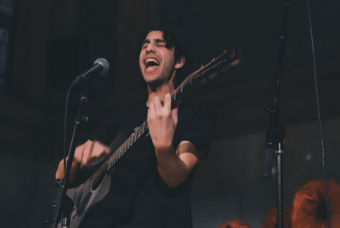

Comments
The article is just the start of the conversation—we want to know what you think about this subject, too! HowlRound is a space for knowledge-sharing, and we welcome spirited, thoughtful, and on-topic dialogue. Find our full comments policy here